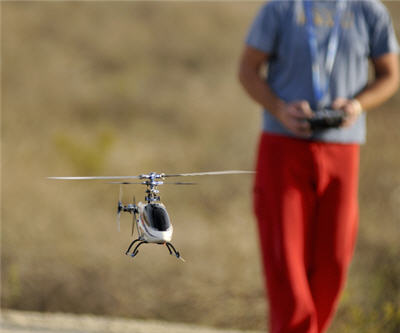
Rechargeable batteries accounted for about 27% of global lithium consumption in 2012, up from 15% in 2007 and 8% in 2002, says Mmnerals research firm Roskills.
End-use was responsible for 44% of the net increase in lithium consumption over the last ten years, and 70% over the last five years. In the base-case growth scenario it is expected to contribute 75% of the growth in forecast demand to 2017, when total demand for lithium is expected to reach slightly over 238,000t lithium carbonate equivalent (LCE).
Other end-uses, including glass-ceramics, greases and polymers, have also shown high rates of growth, but are predicted to moderate over the next five years as emerging economy growth slows.
The lithium industry is therefore becoming more reliant on rechargeable batteries to sustain high rates of future demand growth. In addition, in the period to 2017 Roskill forecasts that the main market driver for lithium-ion batteries will gradually switch from portable consumer electronics to electric vehicles, especially hybrid variants.
Reflecting the concentration of lithium-ion battery manufacturers and associated cathode material producers in China, Japan and South Korea, the East Asia region has become an increasingly important consumer of lithium products over the last decade. In 2012, East Asia accounted for 60% of total global consumption with Europe accounting for a further 24% and North America 9%.
Growing supply-side pressure is predicted to stall further lithium price rises
Roskill’s analysis suggests that the price of technical-grade lithium carbonate, the main product produced and consumed in the lithium market, recovered some of its global economic downturn losses as the market tightened in 2012, averaging US$5,300/t CIF, up 15% from 2010. This is below the 2007 peak of US$6,500/t, but well above the US$2,000-3,000/t levels seen in the early 2000s.
Lithium extraction, which totalled over 168,000t LCE in 2012, is undertaken predominately in Australia, Chile, Argentina and China, with roughly half of lithium output from hard rock sources and half from brine. Production is dominated by Talison Lithium in Australia, SQM and Rockwood Lithium in Chile, and FMC in Argentina. Just over two-thirds of lithium minerals extracted in Australia are processed into downstream chemical products in China, where producers such as Tianqi Lithium (who recently acquired Talison to secure a captive supply of mineral feedstock) operate mineral conversion plants.
Galaxy Resources commissioned a new 17,000tpy LCE mineral conversion plant in China in 2012. Canada Lithium is in the process of commissioning a 20,000tpy LCE plant in Quebec and several existing Chinese mineral conversion plants are also expanding capacity. FMC has increased brine-based processing capacity by a third in Argentina, while nearby Orocobre is also constructing a new brine-based operation due to be completed in 2014. In addition, Rockwood Lithium plans to complete a 20,000tpy LCE expansion in Chile in 2014. Combined, this additional capacity totals just under 100,000tpy LCE, enough to meet forecast demand to 2017.
As the opening of new and expanded capacity is concentrated over the next two years, Roskill forecasts that the lithium market could witness increased competition and supply-side pressure on pricing, with prices for technical-grade lithium carbonate potentially falling back to around US$5,000/t CIF in 2014.
Roskills is an international metals and minerals research firm. The company’s study, Lithium: Market Outlook to 2017 (12th edition) is available, is available for ordering.